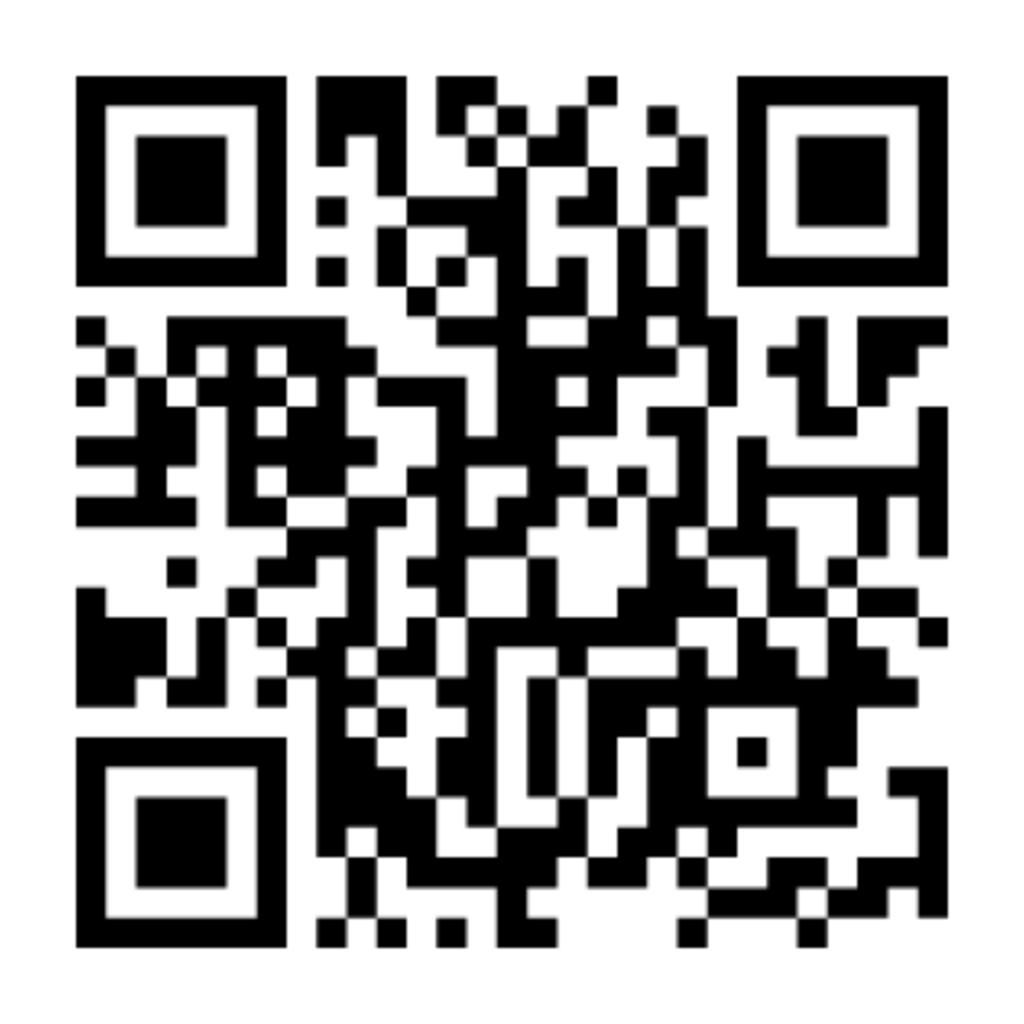Rectal Pain
What is the Rectum and Anus?
The term rectum is sometimes used interchangeably with the term anus. When people refer to rectal pain, they usually are including pain in the anus as well. But actually the rectum and anus are two different things.
- Rectum – the rectum is a an 8-inch long chamber that connects the colon to the anus. Think of the anus as a storage area, storing stool that is ready to be expelled from the body. When stool or gas enters the rectum, sensors in the rectum send a message to the brain telling it there is stool that needs expelled. If the time is right (you are in the restroom), the rectum pushes the stool through the anus and out of the body. If the time is not right (you are in the car on the way home from work), the rectum holds the stool until you can get to a restroom.
- Anus – the anus is the very end of the intestinal tract that connects the rectum to the outside world. Waste is pushed from the rectum through the anal canal and out of the body through the anus.
What causes rectal pain?
As we mentioned earlier, there are numerous causes of rectal and anus pain. Some are a nuisance but not very serious. Others signal there is a serious problem brewing that requires immediate evaluation. The key is to figure out which is which. Let’s look at some of the numerous causes of rectal and anal pain.
Anal Fissure – A fissure is a long tear in skin, tissue or mucousa. An anal fisure is a long tear of the tissue in or around the anus and rectum.
Symptoms
- anal and rectal pain
- bleeding
- blood in the stool, in the toilet, or on the toilet paper
Causes
- hard stool as a result of constipation
- large stool
- straining to move the bowels
- anal sex
Treatment
- stool softeners and laxatives
- drinking lots of water
- soaking in warm water to relieve pain and speed healing
- pain relief in the form of oral and topical medications
- in severe cases, surgery may be needed to close the fissure
Rectal abscess – An abscess is a pocket or collection of pus that results from an infection within the tissue. These types of localized infections often occur in and around the rectum.
Symptoms
- pain and swelling in the anus or buttocks area
- fever and / or night sweats
- a painful lump in the anus or rectum
- painful bowel movements
- abdominal pain
Causes
- Abscesses are related to the glands in and around the anus and rectum. Much like a pimple caused by clogged pores, the glands of the anus and rectum often get clogged, leading to inflammation and pus accumulation. When these areas burst, their pus is released into the surrounding tissues of the rectum and anus, resulting in an abscess. People with suppressed immune systems, including HIV positive people are at risk for this type of infectious scenario.
- skin breaks such as anal fissures can allow bacteria to populate the area often resulting in a rectal abscess.
Treatment
- Antibiotics treat the infection that has caused the abscess. The specific antibiotic depends on what infectious organism has caused the abscess. Whether the abscess is drained or not, antibiotics are always used to treat the underlying infection.
- Needle aspiration of the abscess to remove the infectious fluid. This can be done on superficial abscesses that can be reached by a needle and syringe.
- For those abscesses inaccessible by a needle, surgical drainage is done. The skin and tissue is opened surgically and the infectious fluid is drained.
Hemorrhoids – A hemorrhoid is an enlarged, blood engorged vein or collection of veins in and around the rectum.
Symptoms
- rectal pain and / or itching
- blood on the surface of the stool or on the paper after wiping
- incomplete bowel movements
- soft lump protruding from the anus
Causes
- straining to move the bowels (related to constipation)
- violent coughing, sneezing, or vomiting
- pregnancy
- cirrhosis of the liver
- anal sex
- anal fissures or infection
Treatment – Non-invasive
- soaking in warm water several times ice day
- ice packs to reduce the swelling
- medicated creams, prescription and over the counter, can be applied to shrink the size of the hemorrhoids or to relieve pain and itching.
- keep the area clean by patting instead of wiping
- wear loose fitting underwear to decrease irritation
Treatment – Invasive
- Ligation – using a rubber band or suture to cut off the hemorrhoid’s blood supply. After about a week, the hemorrhoid dries up and falls off.
- Sclerotherapy – a chemical is injected into the tissue surrounding the hemorrhoid, dramatically reducing the homerrhoid’s blood supply, causing the hemorrhoid to shrink
- Hemorrhoidectomy – surgical removal of the hemorrhoids


